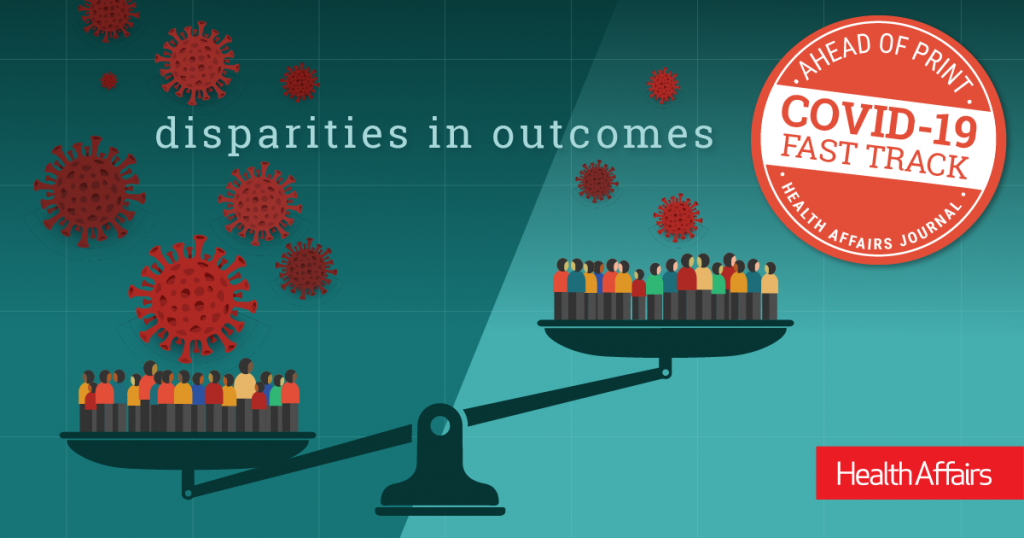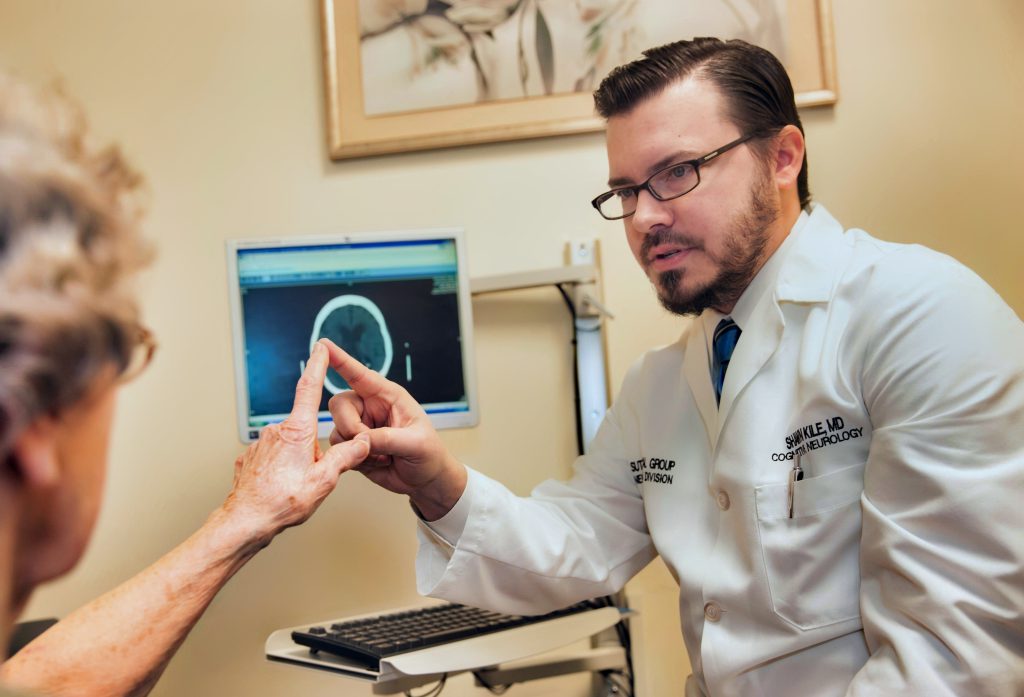Study: Differences in How People Access Care Contribute to Inequalities

As the COVID-19 pandemic spreads throughout the U.S., evidence is mounting that racial and ethnic minorities and socioeconomically disadvantaged groups are bearing a disproportionate burden of illness and death. Here in California, African Americans are about 6% of the California population, but make up 10.3% of COVID-19 deaths where race/ethnicity is documented.
To better understand how this issue impacts patients in Sutter Health’s network, and to help develop solutions, Sutter’s Advancing Health Equity team undertook a thorough data analysis of the not-for-profit system’s COVID-19 patients. The resulting study, published today by the journal Health Affairs, revealed that African American COVID-19 patients are 2.7 times more likely to be hospitalized than their Non-Hispanic White counterparts, and they tend to arrive at Sutter healthcare facilities sicker and with more severe symptoms.
The findings underscore the fact that race and ethnicity still play a pivotal role in determining how and when care is accessed. Despite having health coverage, African American COVID-19 patients may not seek testing and care until it is an emergency requiring hospitalization.

“The COVID-19 pandemic has ripped a Band-Aid off of the structural inequities that exist within our society – we must address these disparities right away because the cost of not addressing them is measured in human life,” said Stephen Lockhart, M.D., Ph.D., chief medical officer at Sutter Health. “With lives on the line, we as a state can and should do better in connecting minority patients to culturally competent care – that is why Sutter Health has committed to advancing health equity and this study is just one part of our mission and work. We have a moral obligation to do so and must work together to meet this moment and lean into the opportunity to advance health equity for generations to come.”
The study, “Disparities In Outcomes Among COVID-19 Patients In A Large Health Care System In California,” was conducted using Sutter’s electronic health record (EHR) data to characterize COVID-19 tested and confirmed cases by key sociodemographic and clinical characteristics, including self-reported race and ethnicity, across the 22 Northern California counties served by Sutter’s network.
A number of factors uniquely position Sutter to offer early insights into the reasons for the disparities in health outcomes that have been noted nationally. As an integrated healthcare delivery network serving more than 3.5 million patients a year, Sutter had been studying healthcare disparities for close to three years when it became one of the first in the nation to treat patients with COVID-19. And Sutter’s integrated system-wide electronic EHR includes race/ethnicity data throughout its service area, which is one of the most diverse regions of the country.
Sutter Health also operates in an environment that is one of the closest to universal healthcare coverage of any state in the U.S., mitigating one of the known causes of healthcare disparities – unequal rates of medical coverage – and making other factors driving disparities more visible. But coverage is not the same as access, and the higher hospital admissions and mortality rates for African American COVID-19 patients in California revealed by the study illustrate that expanded healthcare coverage is not enough to resolve health disparities.

“The real value of the study lies not in the disparities it reveals but in its utility to inform our work to develop solutions that will address the equity gaps we are seeing with programs such as community outreach and engagement in at-risk neighborhoods,” said Kristen M.J. Azar, R.N., MSN/MPH, Sutter Health’s lead author for the study and research scientist within the Sutter Health Center for Health Systems Research. “This pandemic underscores the need to develop innovative solutions that are specifically tailored to address the unmet needs of those at highest risk.”
Sutter has extensive experience looking for and analyzing disparities within its own network and beyond.
The results of the COVID-19 study mirror the patterns Sutter observed in a 2017 study about African American patients with asthma and how they access care. The asthma study found 72% of patients drove up to eight miles to a hospital emergency department to access care, even though they lived within one mile of a primary care clinic. We observed they were doing so because of a lack of culturally competent care.
After reviewing the findings of the 2017 study, Sutter developed its Advancing Health Equity Adult Asthma Program. Since the program began in April 2017, nearly 600 African American patients suffering from asthma attacks have been connected to a respiratory therapist to participate in the asthma program. As a result, very few have returned to the emergency room. The asthma program serves as a model for trusted outreach, education and treatment in a public health crisis – and how they can reduce health disparities.
Provider organizations like Sutter Health are on the front lines and, while not able to address all of the complex societal factors at issue, can play a unique role in developing solutions. For example, as part of its commitment to advancing health equity, Sutter developed a novel metric, the Health Equity Index (HEI), to identify and quantify disparities in outcomes across patient groups and develop targeted interventions to enhance equity. Through the HEI, our Advancing Health Equity team is taking major steps, like those detailed here, to build on the benefits of our integrated network of care to further health equity within the Sutter system and across the country.
Our health equity work and the findings of the study released today highlight the importance of community-based outreach and access to culturally competent care within the African American community, which hold the promise of reducing disparities. Additional research is needed to understand where healthcare disparities exist, what drives them, and what targeted interventions work best to address them. Sutter remains committed to continued advancement and leadership in this field.





